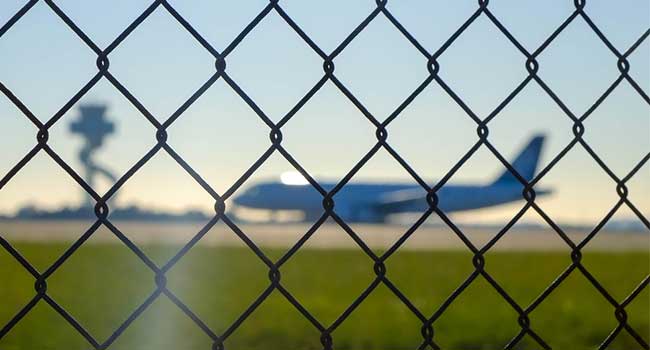
Florida State Inspectors Find Glaring Security Issues at Airpark
Access control at the Clearwater Airpark in Florida is getting an overhaul after inspectors found a lack of security at several of the gates.
- By Sydny Shepard
- May 14, 2019
Clearwater Airpark in Florida is getting an access control overhaul after a state inspection found major security holes in the perimeter security of the airpark, according to the Tampa Bay Times.
Kimley-Horn Associates Inc. of Tampa did a visual inspection of the airpark's security features including fencing, airpark access points and gates, security cameras, lighting and signage. Kimley-Horn says they also interviewed airpark personnel about procedures and current threats to the airpark.
The major concern that was reported was a surprising lack of security at gates around the perimeter of the airpark. The airpark has several pedestrian access gates, most of which rely on a padlock and key to secure the gate. The park does have electric gates, which require a remote card key to enter, but this technology has not expanded past two entrances.
"We use old-fashioned keys, and the keys haven't been changed in a long time," Ed Chesney, the city's Marine and Aviation director, told Tampa Bay Times. "There are many keys out there that we cannot account for; they're not lost, but given to somebody else."
The padlocks and keys are to be fixed, and a $75,000 funding request as been put together to ask for electronic key card entry and/or Bluetooth smartphone apps for a second layer of security.
Chesney said that even their electronic gates have security vulnerabilities as they take too long to close after a car drives through, allowing for piggybacking. Chesney believes the answer to this problem is to have security guards stand by the gates to check the identification of everyone trying to enter the field. These guards could also require those coming in and out to record their time at the gate.
"We don't have a way to know who comes and goes at night," Chesney said. "Everyone has their pass card, but I think it's a better option to have out security person at the gate sign people in."
About the Author
Sydny Shepard is the Executive Editor of Campus Security & Life Safety.